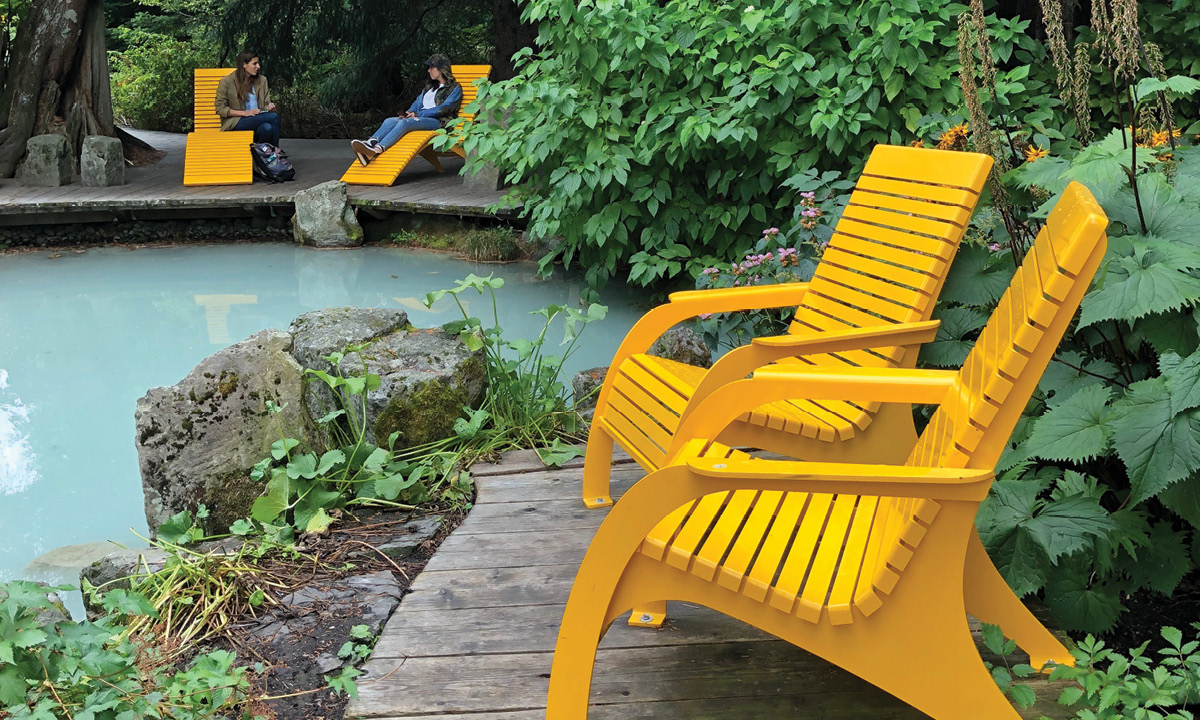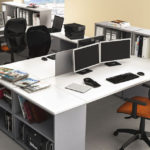Street furniture allows different amenities and cherishes multiple aspects when analysed. Usually a part of urban infrastructure, different pieces and objects from benches to cycle shelters and lane dividers all fall in the category. They are aesthetic as well as user friendly. To specifically see their advantages, check out the series of street furniture’s uses below.
Enhancing the street appeal
No one can deny the role of attractive or finely built street furnishing that adds a comfortable and beautiful appeal to the area where people work or live in. It also somewhere enables the residents to take pride and feel like home with delightful sights. Today, almost all street furniture suppliers understand the significance of unique and adorable designs well.
Creating an outdoor environment
The right placement of street furniture in the exact point of areas allows people to come together and see it more as a place where they can feel calm, plan something, talk, wait for someone, check their phone and even rest. Take an instance of a Parklet. They function as sidewalk street furniture for the common public to sit and relax a bit.
Performing specific functions
Each furniture out there in the street serves one or other function. Benches may help people not only with sitting but also eating, talking and resting. This makes life a little easier as the sense of always running in the rat race becomes to fade. Similarly, different shelters for vehicles offer space while raining and storms.
Contributing to the social significance
The population of elderly, children, and disabled may find street furniture serving better purposes than just adding beauty to the site. They create occasions for interactions, for comfort and more togetherness. In all, the placement of street furniture creates a sense of identity for its users.
Designed for comfort
From benches to bus shelters and from community kiosks to bollards and public toilets, these are designed and placed for the comfort of the people. For offering safety and fulfilling utility and to make the street feel homely.
Being a practical option, street furniture is all about making the area or place visitor-friendly. They are chosen and placed by depending upon the architectural structure, weather instances and their serving purpose. Their utilities are designed according to their function, layout, durability form, appearance and cost. However, they should also be checked for safety in intervals. Some concerns include pointed edges, exposed fasteners, people-friendly designs, materials they are made up of and their accessibility to all from elderly to children.






